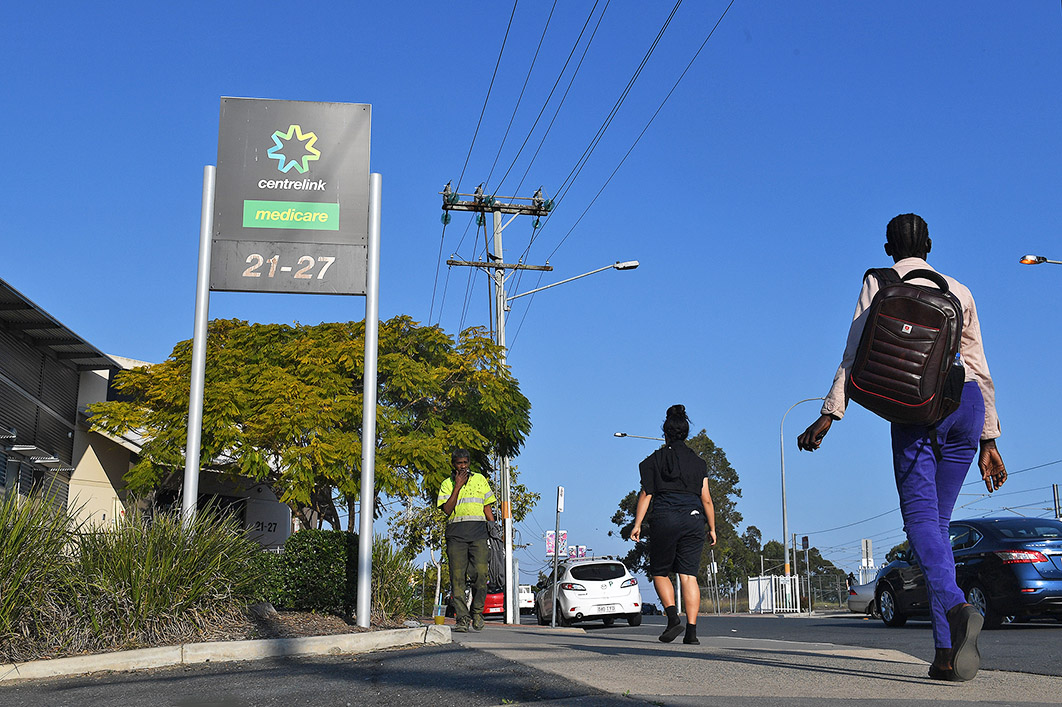Thirty years ago, in the early 1990s, the Reserve Bank was given primary responsibility for the short-term management for the Australian economy. Inflation became the focus of policy-making and full employment was sidelined. By the late 1990s, Fred Argy, one-time director of the federal government’s Economic Planning Advisory Commission, was expressing the widely held concern that “we seem to have turned our back on full employment.”
In the early 2000s, the mining boom gave us full employment without any need for it to be an objective. But concerns that policy was not doing enough to deal with joblessness returned in the 2010s: with slower economic growth, the unemployment rate remained fixed in a range between 5 and 6 per cent without bringing forth any deliberate action by policymakers to shift it lower.
All the signs, however, are that the 2020s will be a new era of emphasis on full employment. The federal government’s 2022 Jobs and Skills Summit gave priority to the goal of achieving full employment. And in April this year the government immediately accepted the recommendation of the Reserve Bank review that the bank “should have dual monetary policy objectives of price stability and full employment, with equal consideration given to each.”
Achieving full employment — ensuring that the maximum possible number of the nation’s available workers are employed in jobs for as near as possible to the number of hours they want — has two main benefits. It maximises national output, and hence overall living standards. And it significantly improves equity, by lifting the incomes of people who would otherwise be unemployed and on income support, or are underemployed.
Pushing employment as high as possible also has the greatest benefits for the people who find it hardest to get work, including lower-skilled workers, the young, and people living in disadvantaged regions.
With Australia’s low unemployment rate of 3.5 per cent these equity benefits are on full display. Just one example highlights the point: in the 25 per cent of regions that had the lowest proportion of employed people before the pandemic, the employment rate grew by 2.2 percentage points in 2022 — about three times more than in the 25 per cent of regions with the highest employment rates.
The benefits of employment are, of course, broader than income. As Treasury secretary Steven Kennedy has emphasised, “working is associated with better mental health and lower rates of psychological distress [and] strong intergenerational benefits [because] children with parents who work are more likely to work themselves.”
All this might suggest that our objective should be to have everyone who wants to be employed in a job working exactly the number of hours they want — effectively abolishing unemployment and underemployment. But it’s universally accepted that’s not going to be feasible.
The labour market is in continual flux. For most new workers, looking for and finding a job takes time. Similarly for workers who lose their jobs, and often also for those who leave a job. Inevitably, at any point in time, some of the available workforce won’t be in work.
The costs of pushing employment growth too far also impose a limit. More of the available workforce in employment means less spare labour available to fill new jobs that are created, forcing employers to compete for workers by offering higher wages. Historical experience tells us that eventually wage inflation will become excessive, imposing major costs.
High wage inflation cuts off jobs growth. It also feeds into higher price inflation, making society worse off in other ways: the cost of living rises, the wealth of savers is reduced and economic activity is destabilised (including by the likely policy response of higher interest rates).
Setting a full employment objective is a balancing act. We want to use as much of the available workforce as possible to benefit national output and equity. But we want to avoid excessive wage inflation. The critical decision is what rate of unemployment achieves that balance. Many commentators see the trade-off resulting in a jobless rate of more than 4 per cent. But if I were setting a full employment objective at present, I’d be aiming for close to the current rate of 3.5 per cent.
Maintaining this rate would generate substantial benefits for national output and equity, compared with going back to our average rate of 5.5 per cent through the 2010s. Wage inflation has not been excessive at this rate of unemployment, either at present or on the other recent occasion when the rate of unemployment fell to about the same level, during the mining boom of the late 2000s. While wage inflation has picked up in recent months, much of this can be attributed to efforts to compensate for high price inflation rather than the effects of a tight labour market.
Fears that our low rate of unemployment could take us back to the spiralling inflation of the 1970s therefore don’t seem well founded. The Australian labour market is a different place today. Reforms to the wage-setting system in the early 1990s — primarily the shift to enterprise-level bargaining — and the fall in price inflation since that time have enabled unemployment to fall further before provoking concerns about wage inflation.
So far I’ve been talking about a full employment objective expressed as a target rate of unemployment, which is how it is usually thought of. But the shift back to a full employment objective also gives us an opportunity to consider whether that’s the best approach.
An alternative would focus on labour underutilisation, which takes in both unemployment and underemployment. We want people to have a job, but we will only make the fullest use of their labour if they are also working the number of hours they want. This matters because underemployment is an increasing share of labour underutilisation. By 2022, of the extra hours that could have been worked in Australia, about 45 per cent were a result of underemployment.
Having a broader measure also matters for how low we think it’s possible to push the rate of unemployment. More underemployment means the economy has greater spare capacity than the raw unemployment figures show. Wage pressures are therefore not as great as they have been at any given rate of unemployment. In this environment, holding down the unemployment rate poses less of a risk for wage inflation. It’s another reason why a target rate of 3.5 per cent is realistic.
In the short-term, existing Australian Bureau of Statistics data could be used to calculate underutilisation among members of the labour force. Longer term, a measure could be developed that also encompasses spare capacity among people not currently in the labour force.
Working to achieve a specific target for full employment means policy is directed towards improving wellbeing; and having a target that is easy to communicate also creates accountability.
Yet, it’s important to recognise that, even if the overall target is achieved, some groups will still be missing out to an unacceptable degree: First Nations people, people with disabilities, people living in disadvantaged regions, and other groups. So, beyond an overall target, goals to improve employment outcomes for those groups are an essential element of a full employment objective. •




